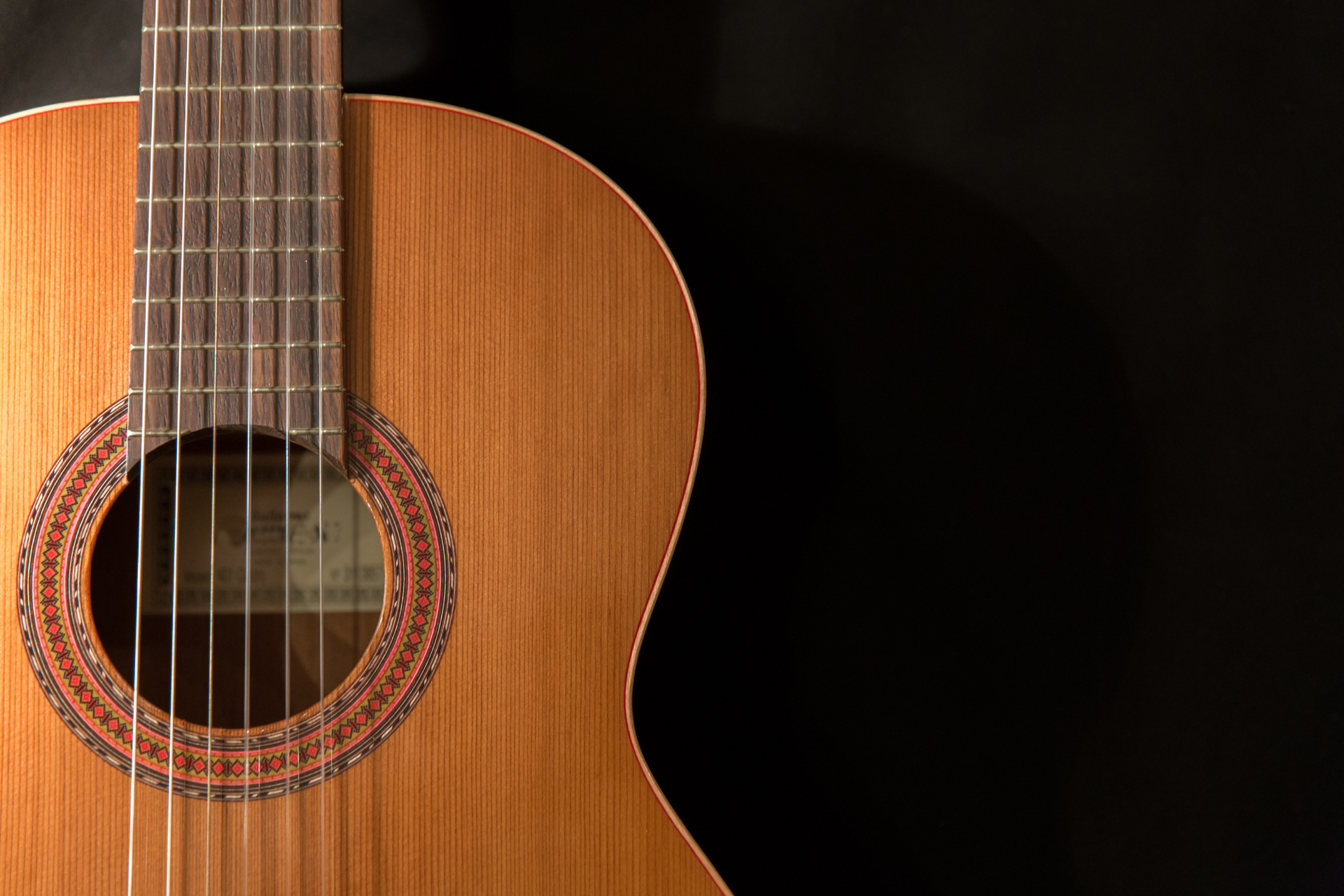General Articles
Tips for Maintaining Wooden Instruments in Different Climates
Wooden instruments, from violins and guitars to cellos and flutes, are cherished for their rich, resonant tones and timeless craftsmanship. However, their natural material makes them highly sensitive to environmental conditions. Changes in temperature, humidity, and seasonal weather can significantly affect the sound quality, longevity, and playability of wooden instruments. Understanding how to maintain these instruments in different climates is essential for musicians who want to protect their investment and ensure consistent performance.
Understanding the Impact of Climate on Wooden Instruments
Wood is a living material that expands and contracts in response to environmental changes. Excessive dryness can cause cracks, warping, or loosened joints, while too much humidity can lead to swelling, mould, and structural damage. Temperature fluctuations can also stress the wood, affecting tuning stability and overall sound quality. Different instruments react differently based on their construction, type of wood, and finish, making climate-specific care crucial.
Musicians in humid climates, such as tropical or coastal regions, often face swelling and tuning instability. Conversely, those in dry, cold climates must be vigilant about cracks and brittle wood. Even indoor conditions, like central heating or air conditioning, can create microclimates that affect wooden instruments.
Controlling Humidity for Optimal Instrument Health
Maintaining stable humidity levels is one of the most important aspects of caring for wooden instruments. Ideally, indoor humidity should be kept between 40% and 60%. Using a hygrometer can help monitor environmental conditions and prevent sudden changes that could harm your instrument.
For string instruments like violins, violas, and cellos, using instrument-specific humidifiers is highly recommended. These devices help maintain proper moisture levels inside the case and around the wood. For guitars and other fretted instruments, case humidifiers or room humidifiers can prevent the wood from drying out and warping, ensuring consistent tone and playability.
Temperature Considerations for Wooden Instruments
Temperature changes can be just as damaging as humidity fluctuations. Extremely cold environments can make wood brittle, causing cracks or seam openings, while excessive heat can warp the neck or loosen glue joints. Musicians should avoid leaving their instruments in vehicles, near heaters, or in direct sunlight.
When transporting instruments, especially during air travel or in varying climates, consider using protective cases with temperature and humidity control. Gradual acclimatization is essential: allow the instrument to adjust to a new environment slowly rather than exposing it to sudden extremes.
Seasonal Maintenance Tips
Winter Care
During winter, indoor heating can dry out wooden instruments, leading to cracks, shrinkage, and changes in tone. To combat this, musicians should use room humidifiers and instrument case humidifiers. Avoid placing instruments too close to radiators or heat vents, and keep them in their cases when not in use to maintain a stable microclimate.
Summer Care
In hot and humid summer months, swelling, warping, and mould growth can be concerns. Keep instruments away from direct sunlight and store them in well-ventilated rooms. Case dehumidifiers or silica gel packs can help absorb excess moisture, especially in tropical or coastal climates. Regular inspection for signs of humidity damage, such as sticky joints or bulging wood, is important to prevent long-term issues.
Spring and Fall Care
Transitional seasons bring fluctuating temperatures and humidity levels, which can be especially stressful for wooden instruments. Musicians should monitor indoor conditions and adjust humidifiers or dehumidifiers accordingly. Seasonal check-ups with a professional luthier can catch minor problems before they become serious, ensuring the instrument remains in optimal condition year-round.
Cleaning and Polishing Wooden Instruments
Proper cleaning and polishing are key to preserving both the appearance and performance of wooden instruments. Dust and grime can accumulate on the wood, strings, and hardware, affecting sound quality and aesthetics. Use soft, dry cloths or microfiber cloths to wipe down the surface after each use. Avoid using household cleaning products, as chemicals can damage finishes and adhesives.
Specialized polishes and oils designed for specific types of wood and instruments can be applied periodically, but sparingly. Overuse of oil or polish can lead to buildup and negatively affect tone. For string instruments, keeping the fingerboard and strings clean ensures better playability and extends the lifespan of the instrument.
Regular Professional Maintenance
Even with careful home maintenance, regular professional check-ups are essential. Luthiers and instrument technicians can perform detailed inspections, including adjusting bridges, tightening seams, checking for cracks, and ensuring proper humidity and temperature regulation. Professional maintenance can prevent small issues from becoming costly repairs and help maintain the instrument’s tonal quality.
Transporting Wooden Instruments Safely
Transporting wooden instruments requires extra caution, especially across different climates. Use sturdy, well-padded cases to protect against shocks, temperature changes, and humidity fluctuations. For long journeys, consider adding humidity and temperature control packs inside the case. Avoid leaving instruments in cars or unattended in extreme weather conditions, and always allow the instrument to acclimate before playing after transport.
Storage Solutions for Wooden Instruments
Proper storage is vital for climate-sensitive instruments. Dedicated instrument rooms or closets with stable humidity and temperature are ideal. Keep instruments in their cases when not in use, and avoid stacking or leaning them against walls, which can cause warping over time. For musicians in areas with extreme seasonal changes, investing in a climate-controlled instrument cabinet or case is highly recommended.
Recognizing Signs of Climate-Related Damage
Musicians should be vigilant for signs that climate is affecting their instruments. Common indicators include:
-
Cracks or splitting in the wood
-
Loose seams or joints
-
Warped necks or bridges
-
Swelling or shrinking wood
-
Changes in tone or tuning stability
Early detection allows for timely intervention and can prevent permanent damage.
Adapting Maintenance Practices to Local Climates
Musicians living in different regions must tailor their maintenance routines to local conditions. In dry, arid climates, focus on humidification and preventing cracks. In humid, coastal areas, prioritize dehumidification, ventilation, and mould prevention. Awareness of local seasonal patterns and consistent monitoring of instrument conditions are key to long-term care.
Wrapping Up
Maintaining wooden instruments across varying climates requires careful attention to humidity, temperature, seasonal changes, and professional care. By understanding the needs of the wood and implementing proper storage, cleaning, and transport practices, musicians can preserve the sound quality, structural integrity, and beauty of their instruments for years to come. Regular monitoring, proactive adjustments, and consultation with professionals ensure that wooden instruments remain reliable companions for every performance and practice session.
For musicians looking for quality instruments and accessories, Rhythm Music Shop offers a wide range of wooden instruments and accessories. Serving Markham, Richmond Hill, North York, Scarborough, and the rest of the GTA, we provide expert advice to help you keep your instruments in perfect condition, no matter the climate.

